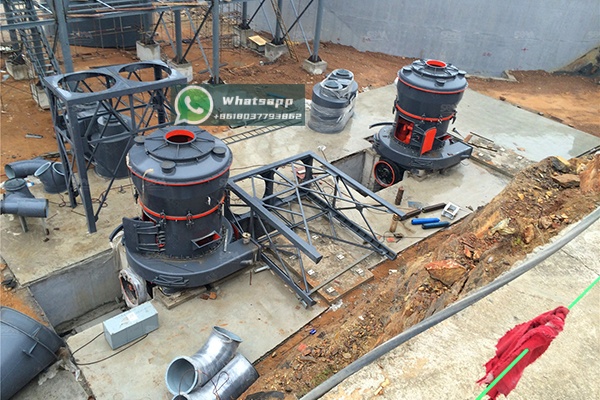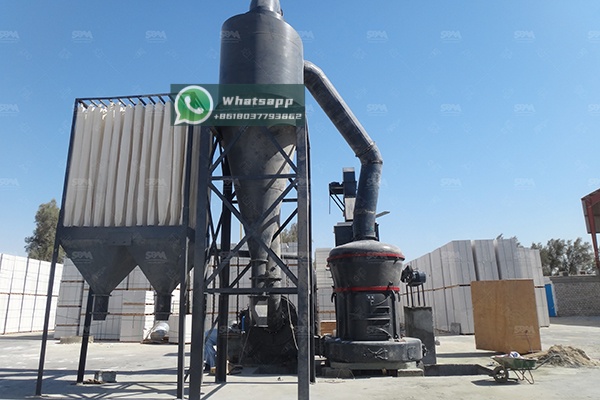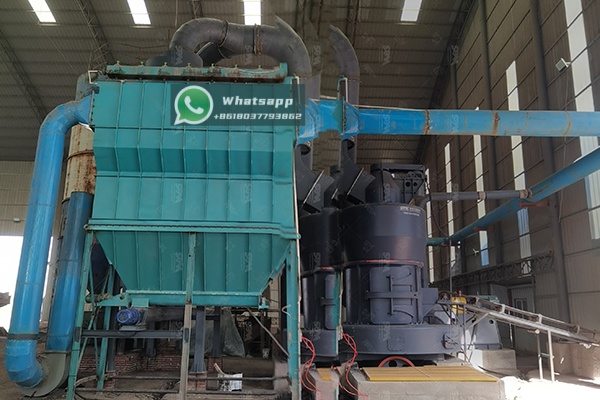In the modern industrial landscape, efficient coal processing has become increasingly critical for power generation, cement production, and various industrial applications. The grinding and drying of coal present unique challenges that require specialized equipment capable of handling moisture content, achieving consistent particle size distribution, and operating with optimal energy efficiency. Among the various technologies available, vertical mill systems have emerged as the preferred solution for coal processing due to their integrated approach to grinding, drying, and classification.
Traditional coal grinding systems, including ball mills and horizontal mills, have served the industry for decades. However, these systems often suffer from limitations in energy efficiency, space requirements, and drying capabilities. The transition to vertical mill technology represents a significant advancement in coal processing methodology. Vertical mills integrate multiple functions into a single compact unit, reducing the footprint while enhancing overall system efficiency.
The fundamental principle behind vertical mill operation involves material being fed into the center of a rotating grinding table, where centrifugal force moves it outward under heavy grinding rollers. Simultaneously, hot gas is introduced through the bottom of the mill, providing both drying and material transport functions. This integrated approach allows for simultaneous grinding and drying, making vertical mills particularly suitable for coal with varying moisture content.

One of the most significant advantages of vertical mills for coal processing is their ability to simultaneously grind and dry materials. The direct contact between hot gases and the ground material ensures efficient heat transfer and moisture removal. This integrated approach eliminates the need for separate drying equipment, reducing both capital investment and operational costs. The counter-current flow of material and hot gases maximizes the drying efficiency while minimizing energy consumption.
Vertical mills demonstrate superior energy efficiency compared to traditional ball mills, typically consuming 30-50% less energy for the same output. This efficiency stems from several factors: the direct grinding mechanism reduces energy losses, the integrated drying system minimizes thermal energy requirements, and the compact design reduces mechanical power consumption. Additionally, the ability to operate with lower noise levels and reduced vibration contributes to better working conditions and lower maintenance costs.
Modern vertical mills offer exceptional operational flexibility, allowing operators to adjust grinding parameters to accommodate variations in coal quality and moisture content. Advanced control systems enable precise regulation of grinding pressure, table speed, gas flow, and temperature, ensuring consistent product quality regardless of feed variations. The quick response to operational changes makes vertical mills ideal for applications requiring frequent adjustments or dealing with inconsistent raw material quality.

As a leading manufacturer of industrial grinding equipment, Shanghai Zenith Machinery Co., Ltd. has developed specialized vertical mill solutions specifically engineered for coal grinding applications. Our extensive research and development in ultra-fine powder grinding technology has enabled us to create systems that deliver exceptional performance in coal processing operations.
Among our comprehensive product portfolio, the LM Vertical Coal Mill series stands out as an ideal solution for coal grinding and drying applications. This series incorporates advanced design features specifically tailored to handle the unique characteristics of coal, including its abrasiveness, moisture content, and combustion properties.
The LM Vertical Coal Mill integrates five essential functions—crushing, grinding, powder selection, drying, and material conveying—into a single compact unit. This integrated approach significantly reduces the equipment footprint while enhancing overall system efficiency. The mill’s robust construction ensures reliable operation even when processing coal with high moisture content or abrasive impurities.
| Model | Plate diameter (mm) | Capacity (t/h) | Max feed size (mm) | Main motor (kW) |
|---|---|---|---|---|
| LM130M | 1300 | 10-17 | <38 | 185 |
| LM220M | 2200 | 35-50 | <50 | 500 |
| LM280M | 2800 | 60-90 | <50 | 900 |
For applications requiring ultra-fine coal grinding, our LUM Ultrafine Vertical Mill offers cutting-edge technology with intelligent control systems. This mill integrates grinding, drying, classifying, and transportation functions while occupying minimal space. The LUM series is particularly suitable for specialized coal applications where precise particle size distribution and high drying efficiency are critical.
The LUM mill features an advanced grinding mechanism that ensures stable material bed formation and consistent grinding performance. The integrated high-efficiency classifier allows for precise control of product fineness, while the optimized hot gas flow pattern maximizes drying efficiency. With its intelligent control system, the LUM mill enables automated operation and remote monitoring, reducing operational complexity and maintenance requirements.
| Model | Main machine power (kW) | Capacity (t/h) | Size distribution D97 (μm) |
|---|---|---|---|
| LUM1525 | 220-250 | 1.6-11.5 | 5-30 |
| LUM1632 | 280-315 | 2.0-13.5 | 5-30 |
| LUM1836 | 355-400 | 2.3-15 | 5-30 |
The implementation of Shanghai Zenith’s vertical mill technology in coal processing operations has demonstrated significant advantages across multiple dimensions. In power generation facilities, our vertical mills have enabled more efficient pulverized coal production with consistent fineness, leading to improved combustion efficiency and reduced emissions. The integrated drying capability has proven particularly valuable in regions with high humidity or when processing coal with elevated moisture content.
In cement production, our vertical coal mills have contributed to enhanced process stability and reduced energy consumption. The ability to maintain consistent coal fineness regardless of feed variations has improved kiln operation stability and product quality. The compact design has also allowed cement plants to optimize their layout and reduce construction costs.

Shanghai Zenith continues to invest in research and development to further enhance the performance and efficiency of our vertical mill systems. Current development efforts focus on several key areas: advanced material technology for extended wear part lifetime, intelligent control systems for optimized operation, and enhanced drying technologies for high-moisture coals. Our commitment to innovation ensures that our customers benefit from the latest advancements in coal grinding technology.
Emerging trends in coal processing, including the need to handle alternative fuels and biomass co-firing, are driving the development of more versatile grinding systems. Our vertical mill designs incorporate the flexibility to accommodate these evolving requirements while maintaining high efficiency and reliability.
Vertical mill technology represents the state-of-the-art in coal grinding and drying, offering significant advantages in efficiency, operational flexibility, and environmental performance. Shanghai Zenith’s LM Vertical Coal Mill series and LUM Ultrafine Vertical Mill provide comprehensive solutions tailored to the specific requirements of coal processing applications. With their integrated design, advanced control systems, and proven reliability, these mills deliver optimal performance across a wide range of operating conditions.
As the industry continues to evolve toward greater efficiency and sustainability, vertical mill technology will play an increasingly important role in coal processing operations worldwide. Shanghai Zenith remains committed to providing cutting-edge grinding solutions that meet the evolving needs of our customers while contributing to more sustainable industrial practices.